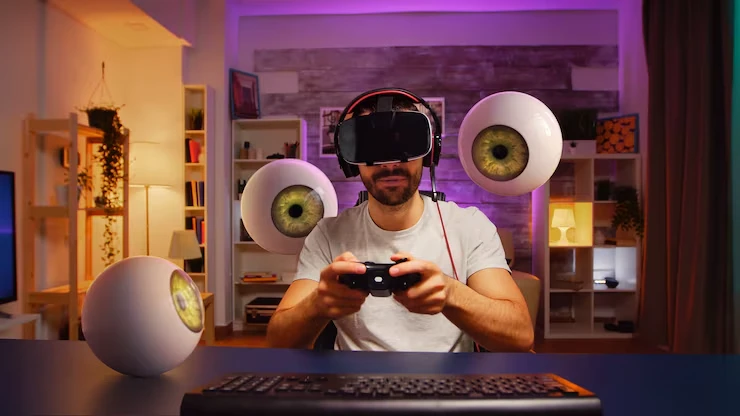
Introduction:
Game Title: Metal Masters
Client: Skillshot – Schueco
Client’s Goal:
Skillshot aims to create a game for their client Schueco.
The game’s objective is to educate people (also new hires of Schueco) using the mini-games and also promoting how the metal industry developed over the course of the years and how it is more easy now compared to before promoting more applicants to the metal industry in general.
















